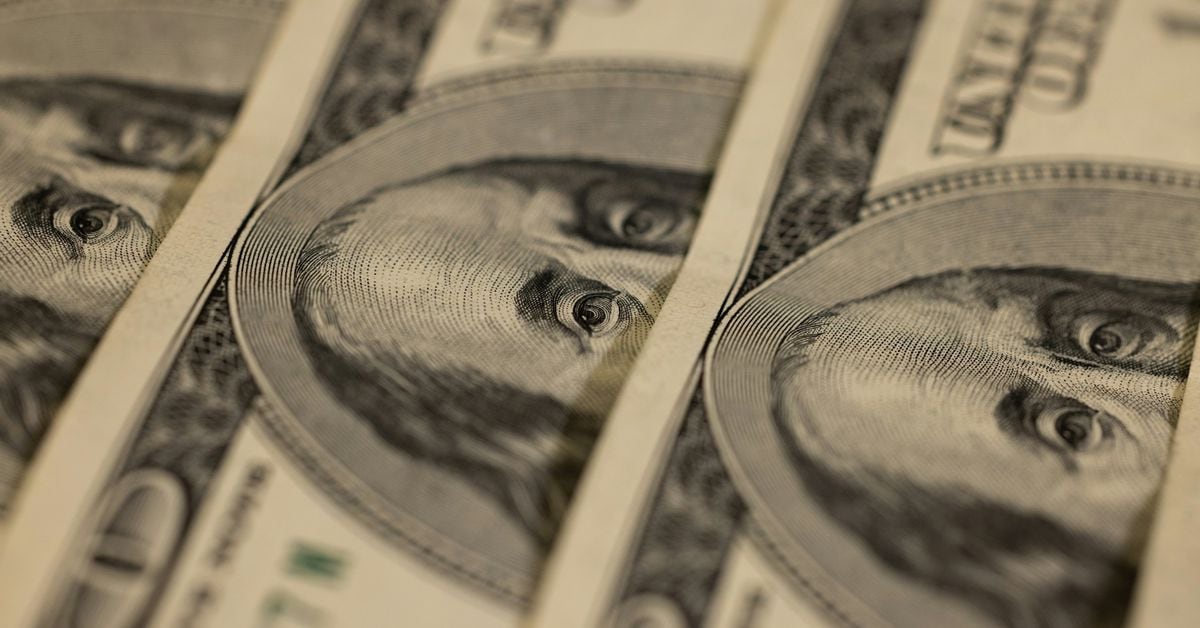South Korea’s ICON Network is a layer-one blockchain. ICON aims to create an interoperable blockchain Network that connects autonomous online communities with real-world businesses. ICON Network focuses on offering real-world service by promoting frictionless value transactions and fostering hyperconnectivity.
What is ICON (ICX)?
ICON is a decentralized blockchain Network designed to allow communities of separate chains to communicate with one another. ICON’s ultimate goal is to serve as the framework for a Network of chains made up of businesses and organizations in fields such as banking, health care, and education. Each individual can create their own governance system while keeping linked via the “loopchain.” ICX is the native token of the ICON Network.
The architecture is based on the structure of real-world economies, in which corporations, NGOs, and government entities all use a similar medium of exchange while being independent but interoperable economic actors.
In other words, the concept is that computer programs may utilize the ICON software to build their own currencies and economies. Computers using the software (nodes) can then choose to support the ICON ecosystem’s economies based on their preferences.
The ICON Republic is at the core of the ICON blockchain, overseeing the process by which new ICX coins are created in each block.
ICON can reduce the number of middlemen and eliminate barriers to cross-border contacts by confirming transactions on its decentralized ledger.
Decentralized identity, digital certificate issuance, blockchain payments, decentralized finance, non-fungible tokens, and other use cases such as e-government, elections, decentralized oracles, and e-health are among the company’s main target areas.
ICON was able to gain multiple agreements with South Korean enterprises and the private sector as a result of its focus on enterprise adoption.
ICON: roots and history
The ICON was founded in 2017 by the ICON Foundation, a South Korean organization that oversees the project’s progress. In September 2017, ICON’s cryptocurrency, ICX, raised 150,000 ETH in an initial coin offering (ICO) that comprised half of ICON’s token supply.
In January 2018, the ICON blockchain was officially launched, and ICO participants got their ICX coins in June of that year. ICON’s own token standard, IRC16, was announced in 2019, allowing users to create tokenized assets and securities.
Min Kim, the former chief strategy officer of DAYLI Financial Group, Korea’s largest fintech holding firm, and the chief operating officer of Tapas Media, a digital content distribution platform in the United States, is the person behind ICON Network. He is also a graduate of the University of California, Berkeley’s Haas School of Business. ICONLOOP, a South Korean software startup driving the creation of ICON Network’s loopchain, was founded by Min Kim. The ICON foundation oversees the development and maintenance of the blockchain, which is permissionless but not totally open-source.
How does ICON (ICX) work?
To select which nodes can contribute new blocks to the ICON blockchain, it employs a delegated proof-of-stake consensus protocol.
The concept, which is also adopted by big cryptocurrencies such as Tron and EOS, is that by not defining blocks through competition, the Network may achieve agreement more rapidly.
The blockchain used by ICON ensures collaboration between five primary components.
A Byzantine fault tolerance delegated proof-of-stake consensus technique protects ICON. Validators in the ICON ecosystem are known as Public Representatives or P-Reps and are responsible for securing the ICON Network by staking ICX. The Network’s governance and block production are handled by 100 P-Reps, 22 Main P-Reps, and 78 Sub P-Reps.
ICONists, or token holders, can delegate their ICX to these P-Reps in order to safeguard the Network. Each P-Rep is backed by its ICONists’ stake. New applicants can also become one of the top 100 P-Reps who help to validate the Network. P-Reps are led by groups of software engineers, marketers, companies, and other stakeholders who have contributed to the ICON project for a long time.
Loopchain is the protocol that runs the ICON blockchain, allowing all nodes in the ICON Republic to communicate with one another.
Loopchain does this by employing the Loop Fault Tolerance (LFT) algorithm.
Loopchain assigns nodes to aggregate transactions into blocks, add those blocks to the blockchain, and distribute those blocks to other Network nodes, similar to other delegated proof-of-stake (DPoS) protocols.
Validation nodes, on the other hand, authenticate the block’s formation, verify the block hash, and validate the block data.
ICON distinguishes itself from typical DPoS blockchains by reducing the number of steps required for consensus. LFT employs a method known as Spinning to simplify the mechanism for determining who may produce blocks and the validator nodes that validate them.
Why choose ICON?
The “ICON Incentives Scoring System” (IISS), an algorithm tasked with quantifying contributions to the ecosystem and distributing ICX, lies at the heart of ICON’s economy.
This methodology varies from that used on Bitcoin (BTC) and Ethereum (ETH), where a single group (miners) must purchase specialized computer gear and consume energy in order to compete for the new coinage that is created.
Moreover, to achieve its stated objective of hyperconnectivity throughout South Korea, ICON Network works on a variety of use cases. Zzeung, an identity authentication and management tool, is one way to achieve decentralized identity. The Financial Services Commission of South Korea granted the firm an exclusive license to provide decentralized identity services to enterprise customers in the country.
Companies can retain their users’ identification information in a safe manner and provide face recognition services for the establishment of bank accounts. The ICON Network provides data security.
South Korean colleges that issue diplomas and qualification certificates can use ICON’s digital certificate issuance, storage, and verification services.
Furthermore, with an ICON-secured digital certificate management system, Korea’s leading online job search portal confirms applicants’ academic and professional qualifications.





